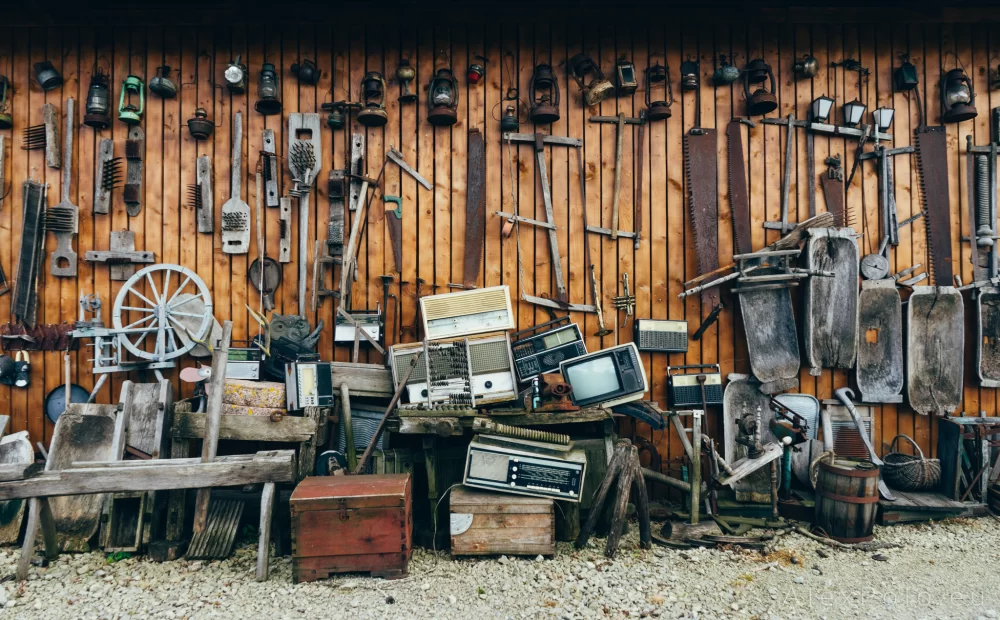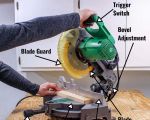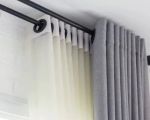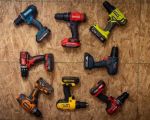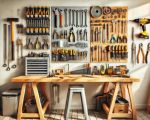How to Select the Best Outdoor Furniture for Your Space
Choosing the right outdoor furniture can feel overwhelming, especially with so many options available today. After spending years hosting family gatherings and summer barbecues in my backyard, I’ve come to realize that outdoor furniture isn’t just about looks—it’s about comfort, durability, and practicality. When I first started shopping for outdoor furniture, I had no idea where to begin. The options were endless, from chairs and sofas to dining sets and loungers, and it was hard to know which pieces would stand the test of time in the elements.
Over time, I learned the importance of selecting furniture that matches my space, lifestyle, and local weather conditions. In this guide, I’ll share everything I’ve learned about choosing the best outdoor furniture. Whether you have a small balcony or a spacious backyard, this article will help you navigate the process of selecting furniture that enhances your outdoor experience and withstands the test of time.
1. Understand Your Outdoor Space and Needs
The first step in selecting outdoor furniture is understanding the space you’re working with. My first mistake was not measuring my backyard properly before purchasing furniture. When I brought home a beautiful sectional, it barely fit in the space, and I realized it overcrowded the area, leaving no room for movement. Since then, I’ve learned to always start with measurements. Take note of the dimensions of your patio, balcony, or garden area to ensure the furniture you choose fits well.
Next, think about how you plan to use the space. Are you looking for a relaxing lounge area, or do you need a dining set for entertaining? For my backyard, I knew I needed both—a cozy seating area for quiet evenings and a spacious dining set for hosting family and friends. Identifying the primary function of your outdoor space will help you select furniture that suits your needs. If you're tight on space, opting for multi-functional furniture like foldable chairs or modular seating can be a smart solution.
2. Choose the Right Material for Durability and Comfort
When I started my search for outdoor furniture, I quickly realized that material is key to the longevity and comfort of your pieces. There are several options to consider, each with its own benefits and challenges. Over the years, I've learned that selecting the right material depends on your climate and how much maintenance you're willing to do.
Wooden Furniture
Wooden outdoor furniture is a classic choice for its natural beauty and timeless appeal. When I added a teak dining set to my patio, I was struck by how the warm, rich tones of the wood created an inviting atmosphere. However, I quickly learned that wood requires regular care. To maintain its appearance, I had to clean it frequently and treat it with oil or sealant to protect it from the elements.
Metal Furniture
Metal furniture, especially aluminum, is another popular option. I opted for aluminum chairs for their lightweight, rust-resistant properties, making them ideal for rainy climates. They’re incredibly easy to move and are typically very low-maintenance. The downside, though, is that some metal furniture can get hot in the sun, which might make it uncomfortable during the summer months.
Plastic and Resin Furniture
Plastic and resin furniture is a budget-friendly option that’s durable and easy to clean. I found that resin wicker furniture, which imitates the look of rattan, provides a great balance of style and function. It’s lightweight, weather-resistant, and can stand up to the elements without much maintenance. However, while it’s durable, it might not offer the same aesthetic warmth that wood or metal can provide.
3. Comfort Is Key: Cushions and Upholstery
No matter how beautiful your outdoor furniture looks, comfort is paramount. One of the biggest factors I considered when choosing my furniture was whether it was comfortable enough to sit on for hours. Outdoor seating should be supportive but also soft enough for relaxation. For my outdoor lounge area, I invested in cushions with thick padding, as this made all the difference when hosting gatherings or lounging with a book.
When selecting cushions, look for fabric that is resistant to fading and mildew. Sunbrella fabric, for example, is a great option because it resists UV rays, moisture, and stains. I made the mistake early on of buying cushions that weren’t weatherproof, and they quickly became discolored and uncomfortable. To ensure durability, I also chose cushions with removable covers, which made washing a breeze.
4. Consider Storage Options for Maintenance
Maintaining outdoor furniture can be time-consuming, especially when you have to deal with seasonal changes. In my experience, finding furniture that’s easy to clean and store is essential for extending its lifespan. Many outdoor furniture sets now come with storage options, like tables with hidden compartments or chairs that fold for easy storage during winter months. I learned that investing in weather-resistant covers is also an easy way to protect your furniture from rain, dust, and debris when not in use.
If you live in an area with harsh winters, it might be worth considering furniture made from materials that can withstand cold temperatures, such as wrought iron or resin. However, if you're dealing with high humidity or rainy seasons, opting for rust-resistant or waterproof options, like aluminum or treated wood, is crucial.
5. Choose a Style That Matches Your Taste and Outdoor Theme
Outdoor furniture is an extension of your interior design, and it’s important to choose pieces that complement your style and the overall theme of your space. Whether you prefer a modern, minimalist look or a more traditional, rustic design, there’s outdoor furniture to match every aesthetic.
I personally love mixing natural elements with contemporary designs, so I opted for a combination of wooden and metal furniture to create an eclectic, yet cohesive look in my backyard. If you're unsure about your style, consider the color palette and décor of your existing outdoor space. For example, if you have a lot of greenery and plants, neutral tones like beige, gray, or muted blues will complement the natural surroundings.
6. Don’t Forget About Budget and Quality
Outdoor furniture is an investment, and it’s important to balance quality and budget. While it’s tempting to go for the cheapest option, I’ve found that buying high-quality furniture can save you money in the long run, as it’ll last much longer and require fewer repairs or replacements. When shopping, keep in mind that the best outdoor furniture is not always the most expensive, but it should be durable, comfortable, and weather-resistant. Look for sales and discounts to get the most value for your money.
Another important aspect to consider is warranties and customer service. I’ve found that some manufacturers offer great warranties on their products, which gives me peace of mind knowing I can get repairs or replacements if needed. Always check the warranty before making a purchase to ensure you're covered if something goes wrong.
7. Sustainability: Choosing Eco-Friendly Furniture
As sustainability becomes a growing concern, many brands are offering eco-friendly outdoor furniture options. Materials like recycled plastic, bamboo, and sustainably sourced wood are becoming increasingly popular for their environmental benefits. If sustainability is important to you, consider opting for furniture made from renewable or recycled materials.
When I started looking into eco-friendly options, I was pleased to find a range of furniture that not only looked stylish but also had a minimal environmental impact. Choosing sustainable outdoor furniture can be a great way to make a positive contribution to the planet while still enjoying beautiful, functional pieces.

